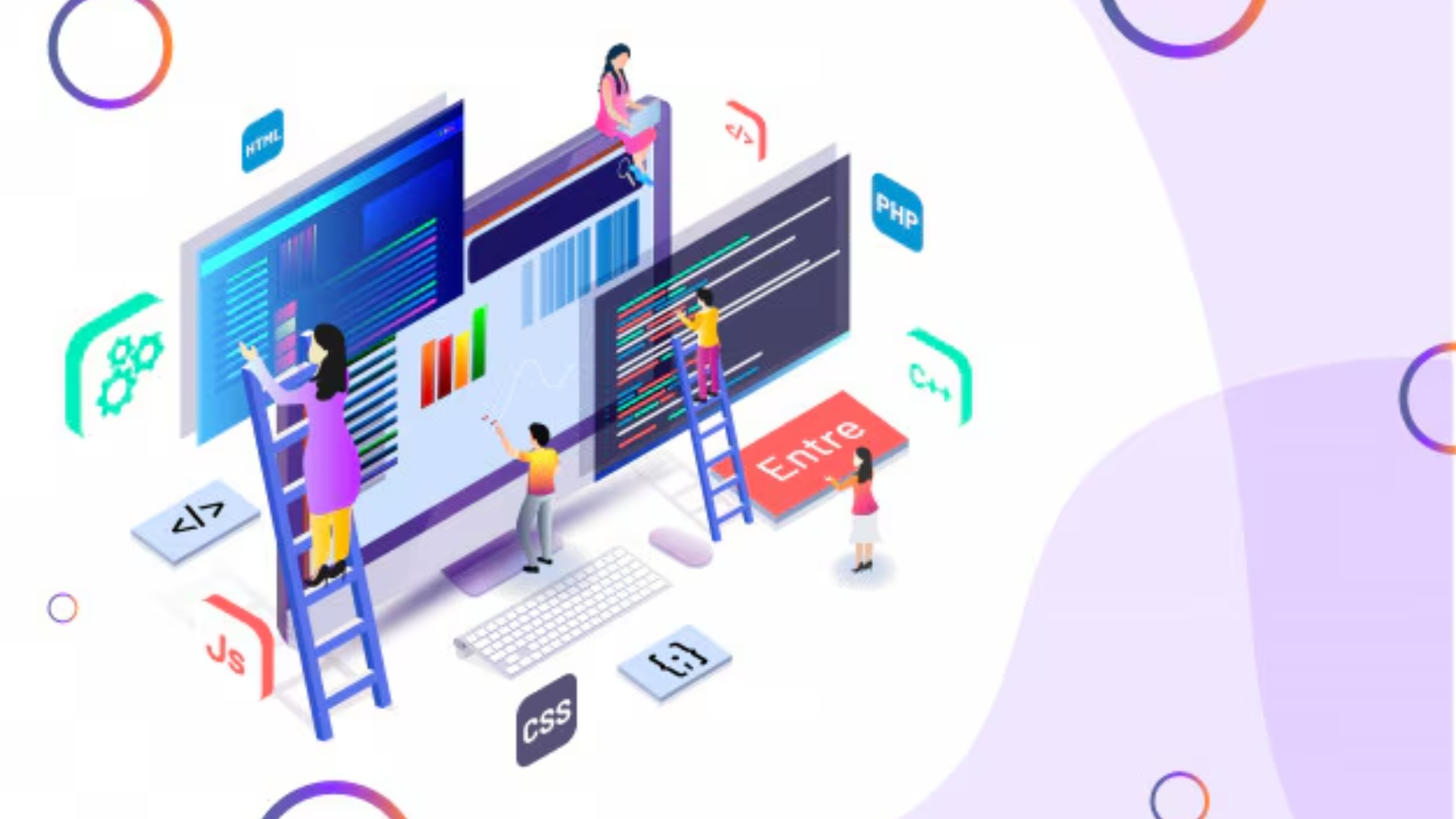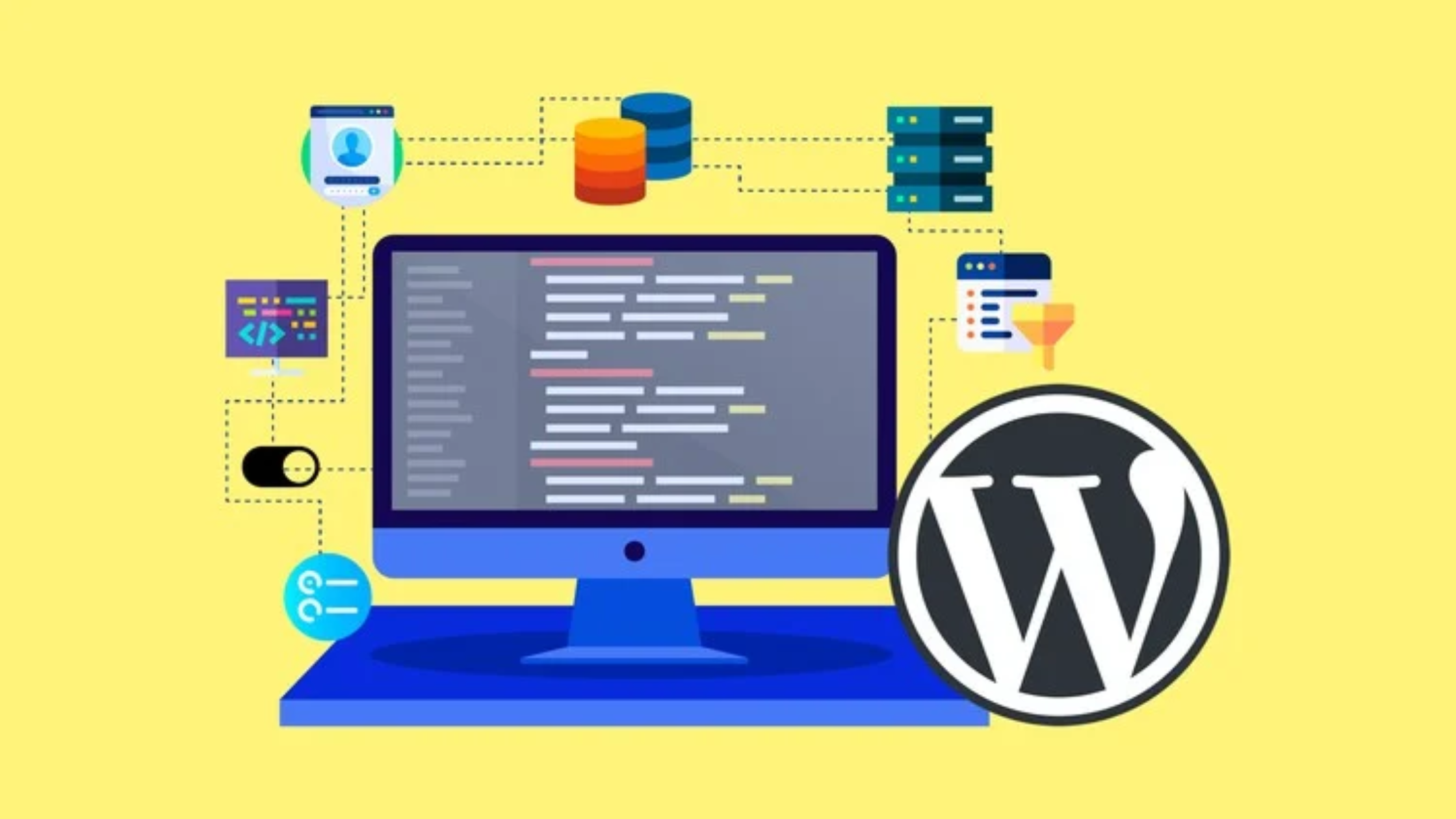As we stand on the brink of a new technological era, the question of which programming languages will dominate the future becomes increasingly pertinent. The rapid evolution of technology, from artificial intelligence and machine learning to quantum computing and the Internet of Things, is reshaping the landscape of software development. In this blog, we’ll explore the computer languages that are positioned to play crucial roles in shaping our digital future.
1. Python: The Versatile Powerhouse
Python’s trajectory suggests it will continue to be a dominant force in the programming world:
a) AI and Machine Learning: Python’s extensive libraries like TensorFlow and PyTorch make it the go-to language for AI and ML development.
b) Data Science: With tools like Pandas and NumPy, Python excels in data analysis and visualization.
c) Web Development: Frameworks like Django and Flask ensure Python’s relevance in web development.
d) Ease of Learning: Python’s readable syntax makes it accessible to beginners, ensuring a steady influx of new developers.
The language’s versatility and strong community support position it as a cornerstone of future software development.
2. JavaScript: The Web’s Native Language
JavaScript’s ubiquity in web development secures its place in the future:
a) Full-Stack Development: With Node.js, JavaScript can handle both front-end and back-end development.
b) Framework Ecosystem: Robust frameworks like React, Angular, and Vue.js keep JavaScript at the forefront of modern web development.
c) WebAssembly Integration: JavaScript’s ability to work seamlessly with WebAssembly opens up new performance possibilities.
As the web continues to evolve, JavaScript will likely adapt and remain crucial for creating interactive, dynamic online experiences.
3. Rust: The New Systems Programming Paradigm
Rust is gaining traction as a safer alternative to languages like C and C++:
a) Memory Safety: Rust’s ownership model prevents common programming errors like null or dangling pointer references.
b) Concurrency: Rust’s design makes it easier to write concurrent code without data races.
c) Performance: Offering performance comparable to C++, Rust is finding applications in systems programming and game development.
As software security becomes increasingly critical, Rust’s safety guarantees make it a strong contender for future systems programming needs.
4. Go (Golang): Simplicity Meets Scalability
Go, developed by Google, is designed for scalability and simplicity:
a) Concurrent Programming: Go’s goroutines make it excellent for building scalable, networked applications.
b) Cloud and Microservices: Go’s efficiency and built-in concurrency support make it ideal for cloud computing and microservices architectures.
c) Fast Compilation: Go’s quick compilation times enhance developer productivity.
As distributed systems become more prevalent, Go’s strengths in this area will likely see increased adoption.
5. Kotlin: The Rising Star for Android and Beyond
Kotlin’s growth, especially in Android development, positions it well for the future:
a) Android Development: As Google’s preferred language for Android, Kotlin’s importance in mobile development is assured.
b) Interoperability with Java: Kotlin’s seamless integration with existing Java codebases eases adoption.
c) Multiplatform Development: Kotlin’s ability to target multiple platforms (JVM, JavaScript, Native) increases its versatility.
Kotlin’s modern features and growing ecosystem suggest it will play a significant role in various development domains.
6. Swift: Apple’s Language of Choice
Swift’s importance in the Apple ecosystem ensures its relevance:
a) iOS and macOS Development: As Apple’s primary language for app development, Swift is crucial for targeting Apple platforms.
b) Server-Side Swift: Efforts to use Swift for server-side development could expand its reach beyond Apple’s ecosystem.
c) Safety and Performance: Swift’s design focuses on safety and performance, making it attractive for systems programming.
As long as Apple’s platforms remain popular, Swift will continue to be a key language for developers.
7. TypeScript: JavaScript with Types
TypeScript’s rise as a typed superset of JavaScript positions it well for the future:
a) Enhanced JavaScript: TypeScript adds optional static typing to JavaScript, improving code quality and maintainability.
b) Large-Scale Applications: TypeScript’s features make it suitable for building and maintaining large-scale applications.
c) Framework Adoption: Major frameworks like Angular use TypeScript, further cementing its importance.
As JavaScript codebases grow in complexity, TypeScript’s benefits become more apparent, likely leading to increased adoption.
8. R: The Statistical Computing Powerhouse
R’s specialization in statistical computing and graphics ensures its continued relevance:
a) Data Analysis: R’s extensive libraries for statistical analysis make it indispensable in fields like bioinformatics and finance.
b) Visualization: R’s powerful visualization capabilities are crucial for data presentation and exploration.
c) Machine Learning: While Python is more versatile, R remains strong in specific ML applications, especially in academia and research.
As data-driven decision-making becomes more critical, R’s specialized capabilities will continue to be valuable.
9. Julia: High-Performance Scientific Computing
Julia aims to combine the ease of use of Python with the performance of C:
a) Scientific Computing: Julia’s design makes it excellent for numerical and scientific computing.
b) Performance: Julia can achieve speeds comparable to C while maintaining a high-level syntax.
c) Parallel Computing: Julia’s built-in support for parallel and distributed computing makes it suitable for handling large-scale computations.
As computational needs in science and engineering grow, Julia’s combination of performance and ease of use could see increased adoption.
10. Quantum Computing Languages
As quantum computing advances, specialized languages are emerging:
a) Q# (Q-sharp): Microsoft’s language for quantum algorithm development.
b) Qiskit: IBM’s open-source framework for quantum computing.
c) Cirq: Google’s Python library for writing, manipulating, and optimizing quantum circuits.
While still niche, these languages could become increasingly important as quantum computing matures.
Challenges and Considerations
As we look to the future of programming languages, several factors will influence their relevance and adoption:
a) Evolving Technology Landscape: The rise of new technologies like edge computing, 5G, and advanced AI may necessitate new languages or significant evolutions of existing ones.
b) Cross-Platform Development: Languages and frameworks that facilitate development across multiple platforms are likely to gain importance.
c) Developer Community and Ecosystem: The strength of a language’s community and ecosystem of tools and libraries will play a crucial role in its longevity.
d) Industry Demand: The specific needs of industries like finance, healthcare, and manufacturing will influence language adoption and development.
Conclusion
The future of computer languages is dynamic and multifaceted. While established languages like Python and JavaScript are likely to maintain their prominence, newer languages like Rust and Go are carving out important niches. Specialized languages for domains like quantum computing represent the cutting edge of programming language evolution.
Ultimately, the most relevant languages will be those that can adapt to changing technological needs while providing developers with the tools to solve complex problems efficiently. As a developer or technology leader, staying abreast of these trends and being willing to adapt and learn new languages will be crucial for success in the ever-evolving world of software development.
The future of programming is not about a single dominant language, but rather a diverse ecosystem of languages, each suited to particular tasks and domains. By understanding the strengths and trajectories of these languages, developers can position themselves at the forefront of technological innovation, ready to build the software solutions of tomorrow.







